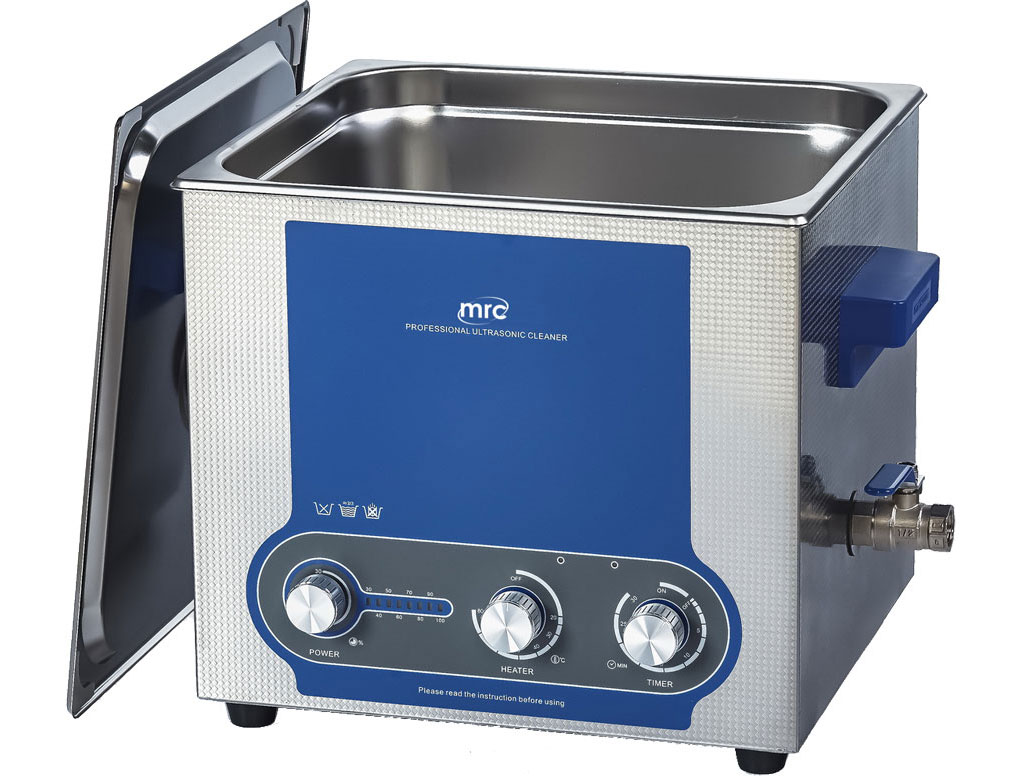Ultrasonic cleaning is a method that uses high-frequency sound waves to remove contaminants from objects. It’s particularly useful for cleaning items with intricate designs or hard-to-reach crevices.
Ultrasonic cleaners consist of a tank filled with a cleaning solution and a transducer that generates ultrasonic waves. These waves create microscopic bubbles in the solution, which play a crucial role in the cleaning process.
From healthcare to electronics and jewelry, ultrasonic cleaning has become indispensable. Its ability to clean without causing damage makes it a preferred choice for many applications.
What Is Cavitation?
Cavitation refers to the formation, growth, and implosion of tiny bubbles in a liquid. These implosions create powerful shockwaves that dislodge dirt and contaminants.
Types of Cavitation
- Stable Cavitation: Long-lasting bubbles that oscillate without collapsing.
- Transient Cavitation: Short-lived bubbles that collapse violently, releasing immense energy.
How Cavitation Occurs in Ultrasonic Cleaning
When ultrasonic waves pass through a liquid, they create alternating high and low-pressure zones. These pressure changes lead to the formation of bubbles, which implode during the high-pressure phase.
Sound Waves and Frequency
The frequency of ultrasonic waves determines the size and intensity of the bubbles. Higher frequencies produce smaller bubbles suitable for delicate cleaning.
Formation of Bubbles
During the low-pressure phase, microscopic bubbles form in the cleaning solution. These bubbles grow until they can no longer maintain their structure.
Collapse of Bubbles and Cleaning Action
The implosion of these bubbles generates enough force to remove contaminants from surfaces, even in the smallest crevices.

Purposes of Cavitation in Ultrasonic Cleaning
Cleaning of Industrial Equipment
Ultrasonic cleaning effectively removes grease, oil, and other contaminants from machinery parts.
Medical and Dental Instruments
Hospitals and dental clinics use ultrasonic cleaners to sanitize tools without damaging them.
Jewelry and Delicate Items
From rings to watches, ultrasonic cleaning restores the shine of intricate and delicate pieces.
Electronics Cleaning
Cavitation helps in cleaning circuit boards and other electronic components without causing harm.
Benefits
- Efficiency and Time-Saving: Cleans multiple items simultaneously in a short time.
- Non-Invasive Cleaning: Does not scratch or damage surfaces.
- Reaches Complex Surfaces: Effectively cleans areas that are otherwise inaccessible.
Factors Affecting Cavitation
Frequency of Ultrasonic Waves
Different frequencies are suited for different cleaning tasks. Lower frequencies are more powerful but less delicate.
Cleaning Solution Properties
The type and concentration of the cleaning solution impact the efficiency of cavitation.
Temperature and Pressure Effects
Optimal temperature enhances cavitation, while pressure adjustments can fine-tune cleaning performance.
Choosing the Right Ultrasonic Cleaner
Key Features to Look For
Consider the tank size, frequency range, and additional features like timers and heaters.
Matching Frequency to Cleaning Needs
Select a frequency that matches the delicacy and type of items being cleaned.
Recommended Cleaning Solutions
Use solutions designed for ultrasonic cleaning to maximize results.